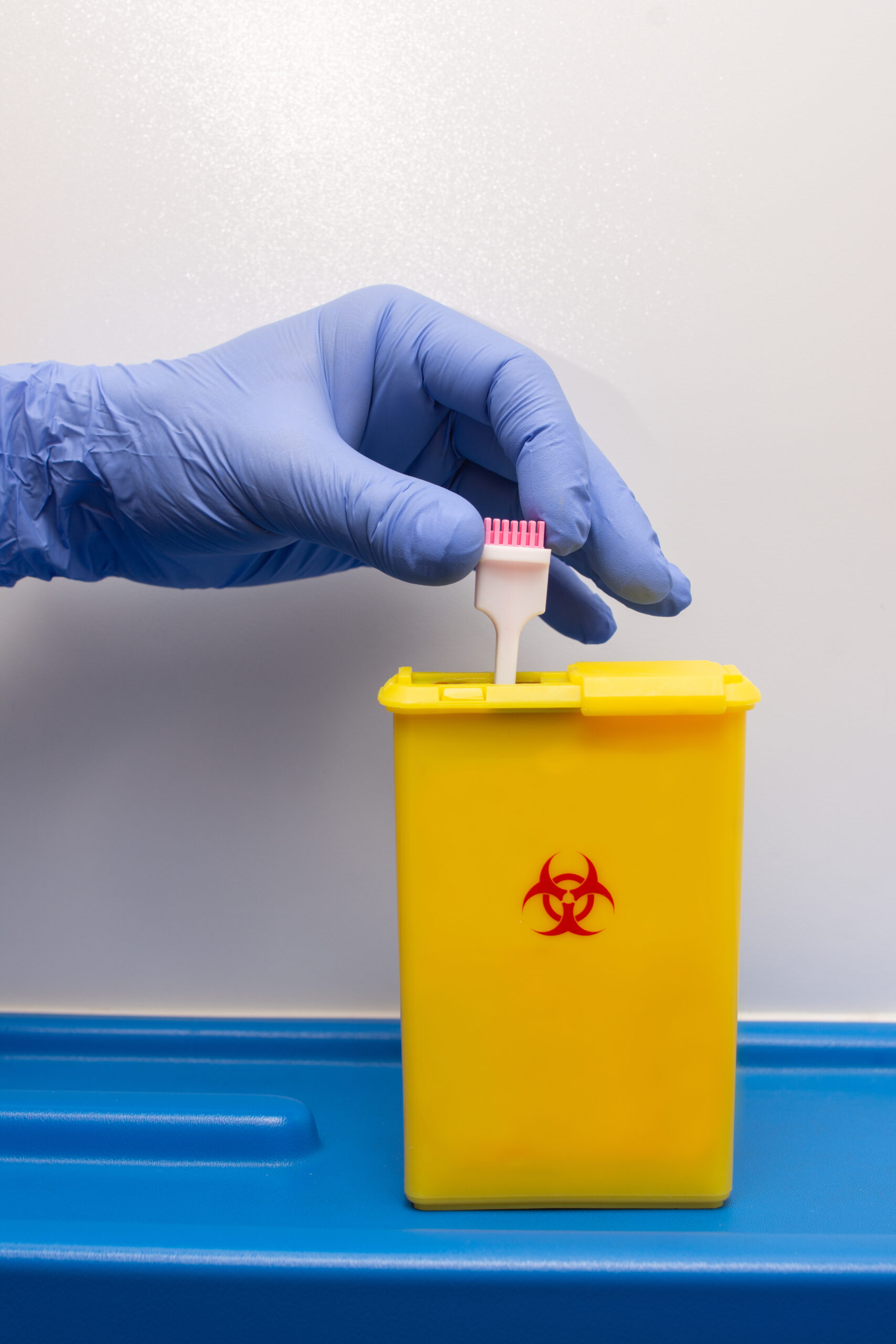It's no secret that the US already has the most expensive healthcare system in the world. Per capita healthcare expenditures (including health insurance and out-of-pocket expenses) exceed $10,000 a year, which is more than twice what citizens of other developed nations pay.
Keep in mind that these averages are during a normal year. Unfortunately, 2022 is anything but normal. After two years of a global pandemic, major political changes, and now a war in Europe, the prices of everything (including healthcare) are soaring.
Just how bad is the current inflation rate? What are the effects of inflation on the healthcare industry, particularly when it comes to chronic diseases like diabetes? Most importantly, where can you continue to find high-quality, affordable medical supplies to meet your health needs?
We'll answer these questions and much more, so keep reading below.
US Inflation Rates in 2022
Consumer prices in 2022 are rising at the fastest rate since the Great Recession of 2008. In fact, it's rising at the second-fastest rate since the early 1980s.
In 2021, the overall percentage change in the Consumer Price Index was around 5%. In 2022, it jumped up to 8.5%.
Here's how much prices have increased this year across certain categories:
- Meat & Seafood: 13.7%
- Energy commodities: 48.3%
- Fuel oil: 70.1%
- Used vehicles: 35.3%
- Airline fares: 23.6%
- Hospital services: 3.3%
What's the takeaway? While stimulus payments have rolled out and wages have risen slightly, the average American is not financially prepared for these dramatic price increases.
Sadly, this is forcing many people to make some tough choices when it comes to what to pay for — and what to go without. Since buying food and paying household bills aren't exactly "optional," one area where people are cutting back is their medical supplies.
Speaking of medical supplies, how is the healthcare industry faring during this time of rising inflation?
The Effects of Inflation on the Medical Industry
What's been happening in the healthcare industry over the past few years? Well, from 2018 to 2019, US healthcare spending grew by an impressive 4.3%. From 2019 to 2020, it more than doubled its rate from the previous year, with a growth rate of 9.8% in total health expenditures. This is just the tip of the iceberg. Consider these other eye-opening stats from the same report:- The US government spent $119 billion on Operation Warp Speed and other COVID-19 related expenses in 2020
- Per capita healthcare spending has increased from $353/year in 1970 to $12,531/year as of 2020
- Health spending accounts for nearly a full fifth (19.7%) of America's GDP
- Health services use dropped 8.4% in 2020 as people postponed or canceled appointments
- The cost of prescription drugs has risen steadily between 1%-5% annually since the 1990s
The Quest for Affordable Diabetes Treatment
Diabetes is officially the most expensive chronic disease in America, costing an estimated $327 billion every year. A recent report found that one out of every four healthcare dollars is incurred by someone with diabetes. Meanwhile, one out of every seven healthcare dollars is spent directly treating diabetes or its complications. What do these numbers mean for the more than 34 million diabetics living in the US? Since 2000, prices for the most commonly prescribed insulins have jumped from $20 per vial to over $250 per vial. That's a staggering 700% increase after adjusting for inflation. (It's also more than 10 times what citizens of other developed nations pay for insulin.) As mentioned earlier, soaring costs like these are forcing people to make some tough choices. Experts estimate that one in four diabetics are rationing their insulin supplies — a desperate "solution" with potentially devastating consequences. Aside from insulin and routine medical care, people with diabetes also have the ongoing costs of needles, syringes, and other necessary supplies. Fortunately, Med Lab Supply helps to relieve some of the financial burdens by offering a full line of affordable diabetic supplies.Where to Find Affordable Medical Supplies
By this point in our discussion, things might seem pretty bleak. You may not be able to control rising costs or the effects of inflation, but that doesn't mean you're completely powerless. With a little bit of research, you can find the vital medical supplies you need — without breaking the bank. At Med Lab Supplies, we strive to keep costs down so that you, the consumer, can get everything you need to stay healthy. We proudly offer only the highest quality products at prices you can afford (despite the current inflation rate). Diabetics, for example, can find products from Almsco, SureComfort, and other reputable brands. From personal protective equipment to needles, syringes, and diabetic supplies, we have everything you need at a price tag you can afford. Click here to browse our extensive collection of medical supplies and place your order today.Recent Posts
-
 Yesenia05/23/2025
Yesenia05/23/2025Syringe Filters-Why They Matter in Laboratory Applications
-
 Yesenia05/15/2025
Yesenia05/15/2025Proper Disposal of Used Syringes and Needles: A Complete Guide
-








